Hats On: 10 Time-Tested Toppers Dominating FW25 Street Style
- Odessa Hott
- Apr 24
- 5 min read

The Fall 2025 runway season has wrapped, with hundreds of shows from New York to Milan drawing fashion industry insiders from around the globe. Beyond the runway, energy pulsed through the streets, where style-savvy spectators interpreted designer themes, historical references, and emerging trends in personal, expressive ways.
Amid exciting style experimentation, from subverted officewear to maximalist layers bursting with clashing patterns and color, one accessory captured my attention: hats—more specifically, vintage-inspired hats. Bygone influences—especially recalling the 1960s—dominated, evoking an era when a hat was an essential part of every outfit worn beyond the front door. From pillboxes to plush aviators, nostalgic headwear emerged as a defining detail on the fashion week streets.
I can’t help but wonder if these fashion choices reflect deeper parallels between the social and political climates of the 1960s and today—moments where style becomes a powerful tool for resistance, identity, and transformation.
With that in mind, here are some of my favorite interpretive hat moments to inspire your historical memory...
Pillbox
This fashion month, the star of the show was undoubtedly the pillbox hat, appearing everywhere from New York to Milan in luxe materials like felted wool and faux fur. In 2025, the pillbox elevates structured tailoring with a touch of vintage glamour, pairing easily with bold-shouldered power coats and leather ensembles as it references 60s trends and 80s vintage revival aesthetics.
From quirky to sophisticated, pillboxes brought a literal and figurative lift to even the most understated outfits, complementing a mix of elegant modernity and casual streetwear with vintage luxury. Surfacing this year as the must-have accessory, the pillbox hat is capturing the attention of fashion tastemakers worldwide. Its renewed appeal reflects a broader consumer desire for timeless pieces that carry historical weight—an investment in style that endures the test of time. As fashion becomes increasingly tied to cultural memory, the pillbox offers effortless refinement for all manner of dress.
Historical References (hover for info)
Fur Muff
Evolving on the pillbox shape, faux fur hats in both natural and fun colors offered graceful prowess in wrap and puffball structures. Drawing on popular winter fashions of the mid-20th century, the fur muff embodies luxe glamor to protect against cold weather months. With power dressing returning to seasonal wardrobes, the 80s also come to mind—for example, Diahann Carroll's extravagant looks on the quintessential soap Dynasty (1981-1989).
Historical References (hover for info)
Sailing
Storybook whimsy came alive through referential and DIY-inspired sailor and sailboat hats. Highlights included a red, 1790s-esque naval bicorn crafted from a construction paper-like material, a chic take on the classic folded paper boat, and branded sailor Dixie Cups worn with irreverent folly. Fashion week goers embraced a playful craftiness that channeled childhood nostalgia and celebrated the beauty of imperfection. Often unexpected, these headpieces were paired with vibrant textiles, accessorized oddities, and exaggerated prints and graphics. When the social and political climate often feels heavy, this trend brings an imaginative burst of lighthearted fun that reminds us of the power of creativity to uplift and enchant.
Historical References (hover for info)
Cadet Berets
Typically defined by their structured shape—stiffer than a standard beret or tam—and often featuring a leather brim band and uniform pins or insignia, these militaristic berets carry a legacy of seriousness, durability, and subversive authority. At fashion weeks, leather and felted wool versions were paired with edgy leathers, polished denims, punk-inspired embellishments and accessories, and bold sunglasses, channeling a spirit of defiance and empowered self-expression. This season’s beret dons rebellion proudly, subverting uniformity to resist conformity, and reminding us that fashion can be both protest and protection.
Historical References (hover for info)
Diplomat
Taking cues from hats like the Karakul originating from Uzbekistan and the Russian cossack, this diplomatic headpiece continues the military influences that permeated fashion week street style. Nodding to the 1960s with mod infusions and masculine winter tailoring, these hats reframe traditional symbols of power through a contemporary lens. They expand on conventional ideas of professional dress by embracing global references and architectural silhouettes of bygone eras, offering a nuanced, fashion-forward alternative that reflects the industry's growing interest in cultural hybridity and individuality in formal wear.
Historical References (hover for info)
Fisherwoman
The Greek-style fisherman cap made waves this past fashion month in a variety of materials—leather and textured wovens being standouts—appearing in both slouchy and structured silhouettes. Originally popular in the early 19th century among factory workers and sailors for its inexpensive practicality, the style gained a second life in the 1960s as a counterculture staple, e.g., among bikers and hippies, after being worn by The Beatles during their U.S. tour and embraced by folk icons like Bob Dylan, Woody Guthrie, and Donovan. Its modern revival reflects an enduring reverence for timeless vintage heritage pieces, workwear, and the lasting spirit of hippie-era ideals, like peace and rebellion.
Historical References (hover for info)
Mammoth Trapper
With faux fur dominating the season, fashion week attendees embraced oversized fur aviator trappers that struck a balance between bold style and practical warmth. Many leaned into realism with earthy fur tones and natural textures that evoked alpine nostalgia, while others chose vibrant, candy-colored varieties to evoke a whimsical twist. This trend speaks to a rising interest in functional winter dress that honors nature without relying on animal products—blending kitschy playful aesthetics with a conscious, comfort-driven approach to cold-weather fashion.
Historical References (hover for info)
Driving Cap
The iconic flat cap—a dapper classic that rose to prominence in the 19th and 20th centuries—returned this season with fresh energy. Street stylings ranged from heritage checks and branded motifs to monochrome interpretations, while bolder takes featured bouclé fabrics and DIY embellishments. Blending tradition with trend, the flat cap was reimagined as a symbol of timeless tailoring, now infused with modern textures, playful patterns, and individual flair.
Historical References (hover for info)
Mod Bonnet
Recalling the mod era of the 1960s, the streets of fashion weeks were dotted with playful bonnet-style headwear—evocative of 20th-century swim and ski caps, yet freshly reimagined. Crafted in soft knits and delicate crochet, these pieces blended winter innocence with a touch of space-age wonder. Referencing everything from 1950s children’s ear cosies and swim gear to aviator hoods, balaclavas, and mod helmets, the look felt quaintly whimsical with a hint of futurism. Against the harsh realities of today, the return of these soft, childlike styles offers a sense of cradling comfort and imaginative escape for colder months.
Historical References (hover for info)
Furry Monsters
While rooted in the not-too-distant 2000s, this intriguing take on "monster chic" follows a thread of kitsch, camp, and quirky flair spreading throughout the fashion scene. Evocative of 2000s-10s subcultures like emo, furries, and J-fashion aesthetics like Gurokawa (Creepy Cute) and Decora, fuzzy ears popped up on the streets of fashion weeks in vibrant colors and cutesy animal aesthetics. From overt and cartoonishly playful to more subtle and softly surreal, several fashion week goers embraced a new wave of whimsical headwear, speaking to a propensity for fantasy and a desire for unabashed expression of the wonderfully weird.
Historical References (hover for info)
What Do You See?
The retro revival trend reached far and wide this season, with nods to bygone eras showing up in the form of feathered fascinators, elongated cloches, charming berets, delicate whimsies, and sculptural toques. How many style references from decades past do you spot?








































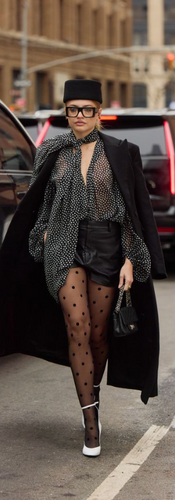
























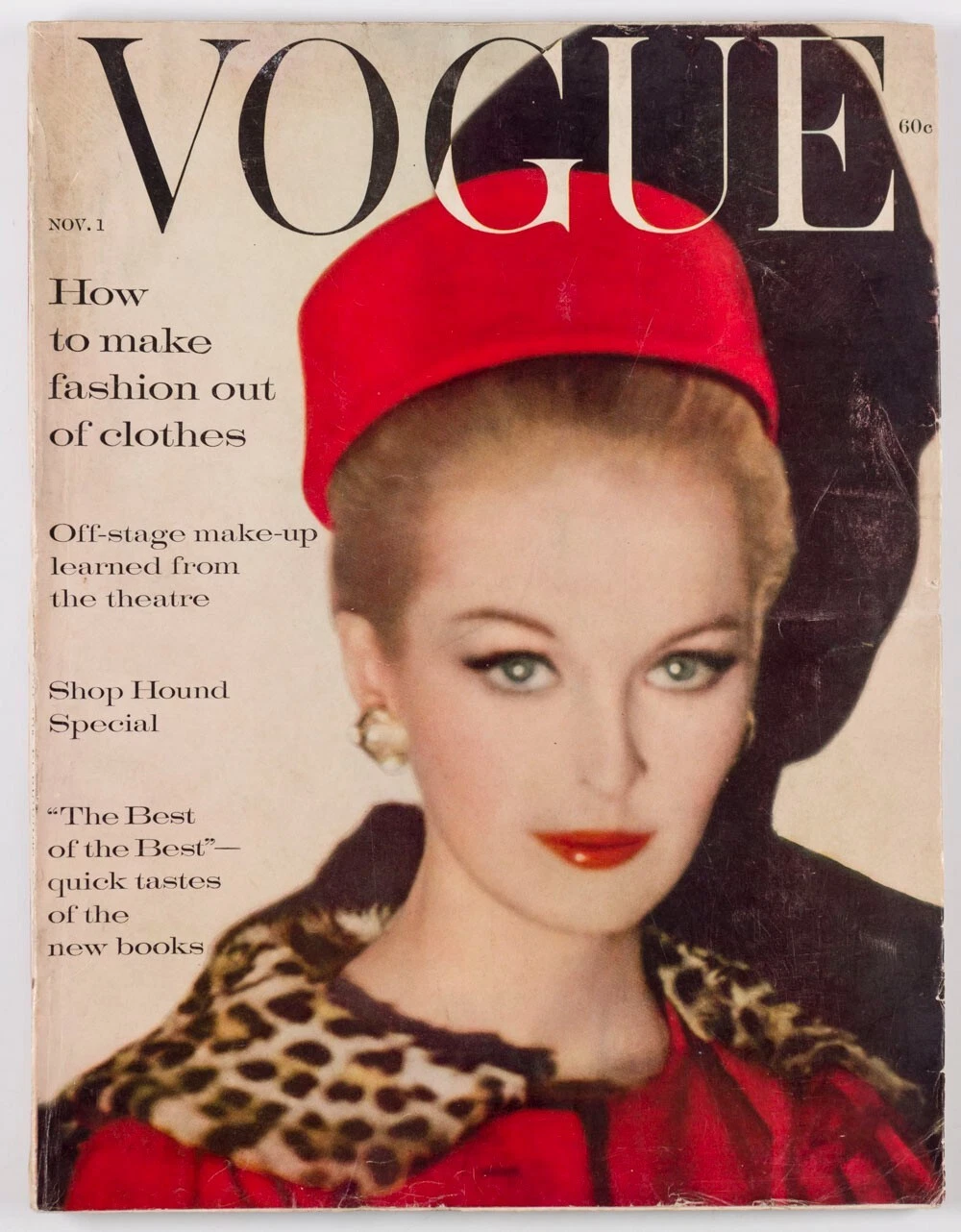








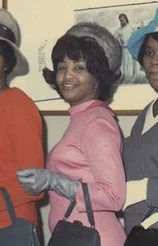






























































































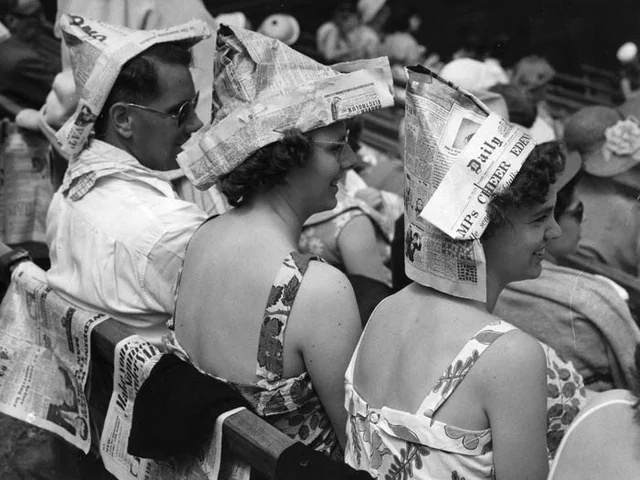








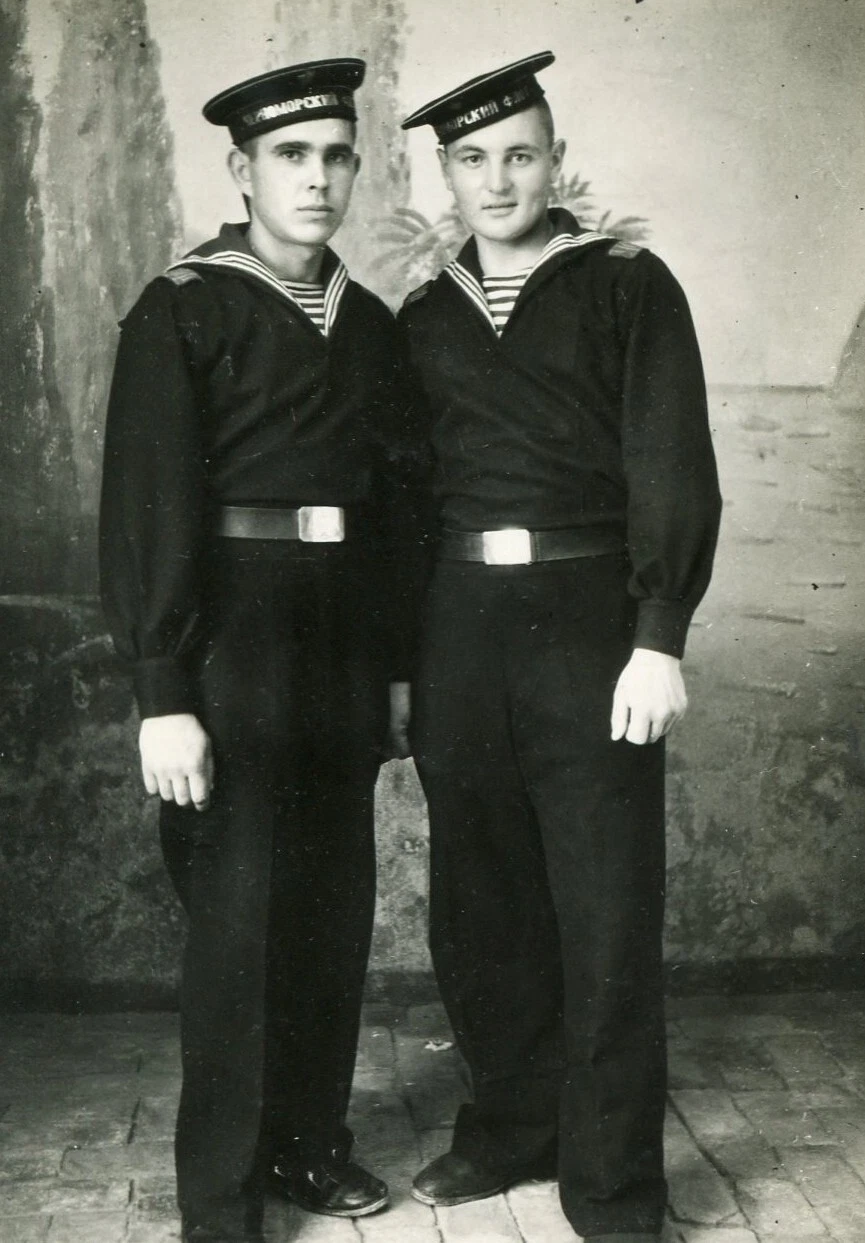



































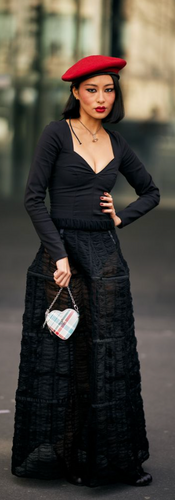
















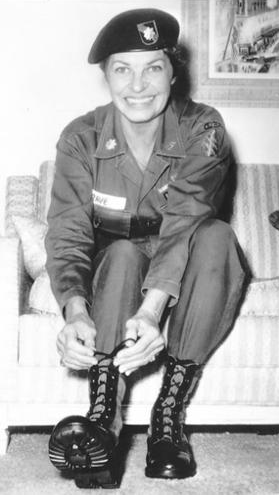






















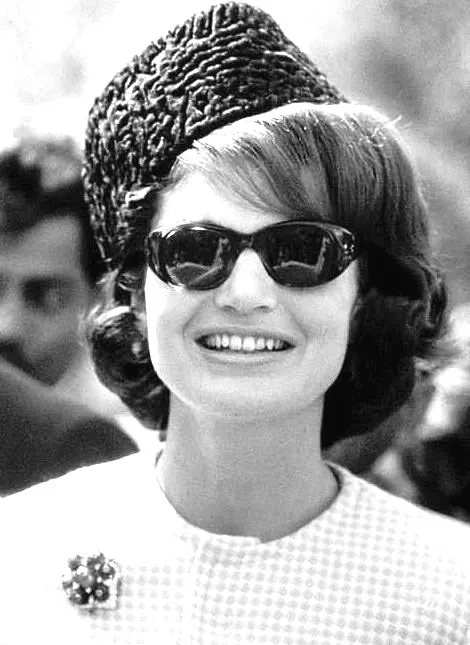












































































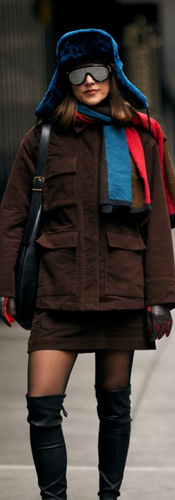









































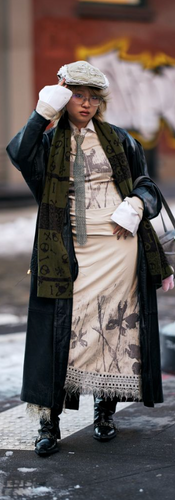


































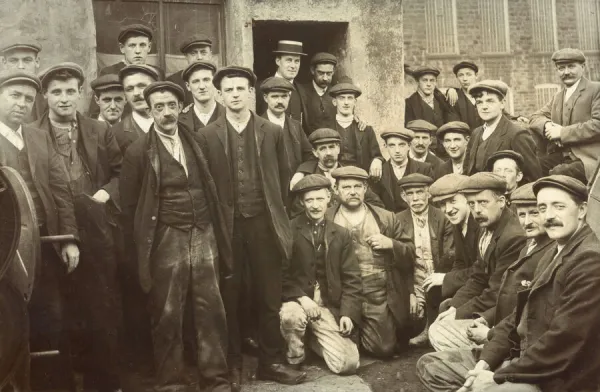





























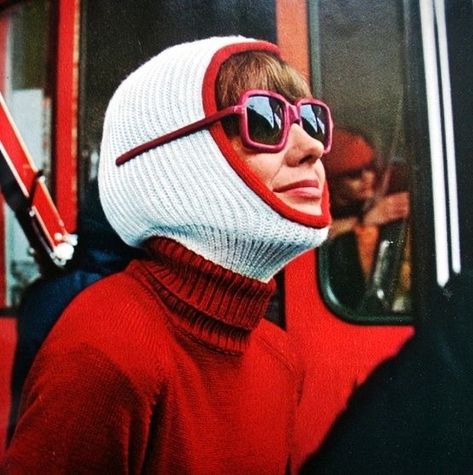












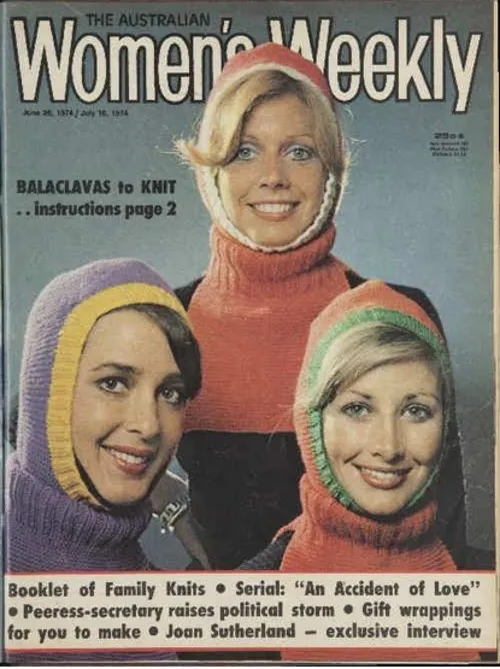






























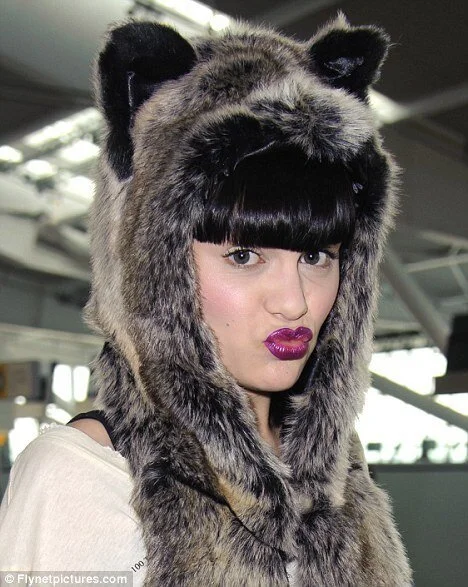



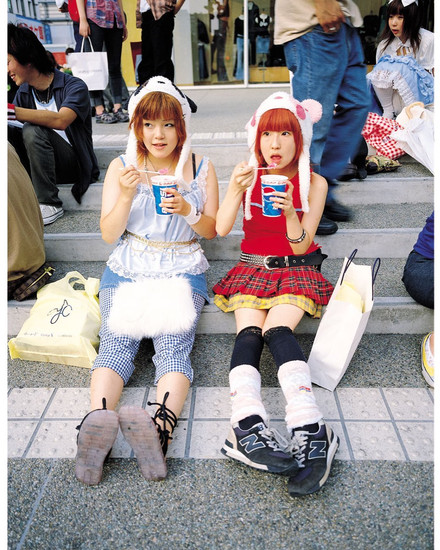
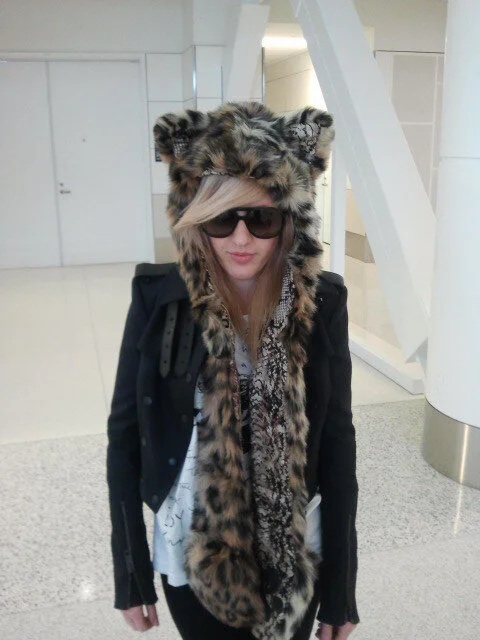













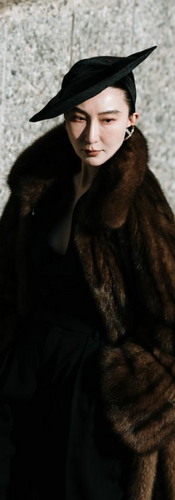













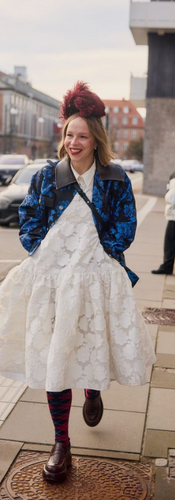















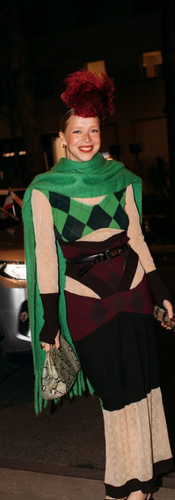






















Comentarios